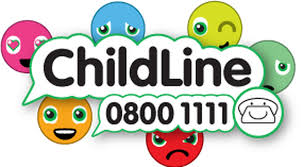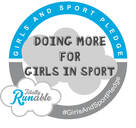-
Home
-
OUR CURRICULUM
- Special Educational Needs & Disability School Offer
- Curriculum Outline and Rationale
- Curriculum Leaders
- Statutory Assessments
- Core Subjects >
- Foundation Subjects >
- Online Safety >
- Mrs Fitchett's Art Blog
- Mr Smith's Sporting Information
- British Values
- SMSC at Park Street
- Personal Learning And Thinking Skills
-
Team Groups
-
Parents
- Kids Zone
- Statutory Information
|
After running our daily mile on Feel Good Friday pupils noticed they could feel their hearts beating rapidly. As a result, we decided to investigate and look to see if we could find any patterns in relation to the BPM of our hearts and different types of activity. We recorded our findings and discussed the results.
0 Comments
Team CH were curious as to why Mr Holmes is taller than Mrs Godney, but younger than her. This made Team CH wonder whether the tallest children are the youngest children? We decided that pattern seeking would support our investigation best, so we headed out side to identify a relationship between age and height. First we all lined up in height order then in age order. We found that although we couldn’t identify a clear link between age and height, our youngest and oldest child are both the same height. As part of our Science this half term, we are focussing on Light. Our challenge was to design a reflective book bag that was suitable for use in the winter months. To do this we created our own science investigation which tested if materials were reflective or not. We used our results to then create our own book bag, which would be fit for purpose in dark weather so children were kept safe.
Pattern seeking in science involves children making observations or taking measurements to explore situations where a variable cannot be easily controlled. It often includes and is centred on a ‘big question’ for children to investigate. Our big question in Team LF was, ‘How does the planets distance from the sun affect its temperature?’ To conduct our research, we used the internet to find out the distance of each planet from the sun and each planet's temperature. We used our findings to draw the conclusion that as the distance from the sun increases, the temperature of the planets decreases. We also spotted an anomaly because we noticed that Venus did not fit the pattern. Venus has the highest temperature even though it is the second planet from the sun. Some of the children even explained why this was in their explanations below. Rainbows have been learning about Autumn and have had lots of fun exploring our Autumn area in the classroom and our nature area on Welly Walk! We have identified and described different leaves, conkers and spikey cases by using our senses to help us. It was so windy there were lots of things to find, including a bird’s nest that had fallen from a tree. We looked at how the birds make the nest by intertwining the twigs with their beak and looked at what they place inside the nest to make it warm and comfy for Autumn weather. We have been learning what happens to the environment and how it changes as Autumn arrives and would love to share some photos with you!
We have also been getting our planting area ready for Winter and have been digging out lots of weeds to make room for our winter flowers. We found lots of wriggly worms and we kept them safe by placing them back under the soil to help keep it healthy for plants. We even found the Bad Tempered Ladybird so we put him safely on our last tomato plant! In Team EO we started by distinguishing objects from the materials they are made from. Children had to choose an object from the basket, say what the object was and then put it under the material it is made from. We then focused on identifying different everyday materials – matching the picture of the material name. We are now beginning to look at the physical properties and use appropriate adjectives to describe them. We have also been exploring ‘Autumn’ in our investigation tuff tray and discussing the changes that happen at Autumn
This half term we have been looking at rocks. We have learnt about… The three different types of rocks and how they are formed. We have looked at examples of each and discuss the features and uses of them. The rock cycle. We have watched videos, acted out what happens and even used starburst to represent the stages int he rock cycle. We have collected and tested rocks for properties such as hardness and permeability. We have learnt about how fossils form and the different types of fossils. In Y6 we have been experimenting with and exploring a range of components including: cells, buzzers, wires, bulbs, motors and switches to design and build circuits. We have discussed and recorded what we observed. We have applied our circuit drawing skills to represent some of the circuits we built and have generated a range of questions, which we will be investigating later this term. We are also developing our technical scientific vocabulary and using this in our verbal and written work.
Today the children identified a range of everyday materials such as wood, glass, metal, paper and plastic. From this, they were able to name everyday objects made from them. After much discussion, the children were provided with a variety of materials to sort into their own groups based on a category of their choice. Our investigation tray this week is full of the Autumn treasure we found on our welly walk. The children have enjoyed looking carefully at the collection through magnifying glasses and feeling it with their fingers. They have been describing it using words such as spiky, prickly, sharp, hard and soft.
|
Subject LeadMiss J Fury Archives
April 2024
Categories |
Location |
Contact UsMailing address:
Wombwell Park Street Primary School, Park Street, Barnsley, S73 0HS Telephone: 01226 752029 Email: parkstreet@ecmtrust.co.uk General Enquiries: Our Admin Team will be happy to assist you with any enquiries and direct you to the relevant staff as necessary. Our Leadership team will always be happy to help, as will our Parent Support Advisor Mrs Carol Mason. If you require a paper copy of any of the information found on our website we will be happy to provide you with this free of charge upon request, Please contact a member of our office staff who will be more than willing to help. ECM Trust: http://www.ecmtrust.org/index.html |
-
Home
-
OUR CURRICULUM
- Special Educational Needs & Disability School Offer
- Curriculum Outline and Rationale
- Curriculum Leaders
- Statutory Assessments
- Core Subjects >
- Foundation Subjects >
- Online Safety >
- Mrs Fitchett's Art Blog
- Mr Smith's Sporting Information
- British Values
- SMSC at Park Street
- Personal Learning And Thinking Skills
-
Team Groups
-
Parents
- Kids Zone
- Statutory Information

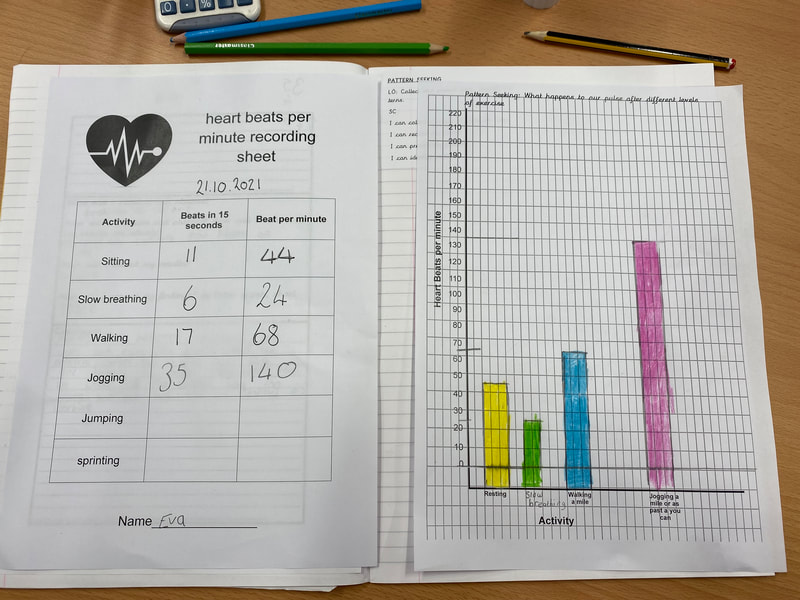
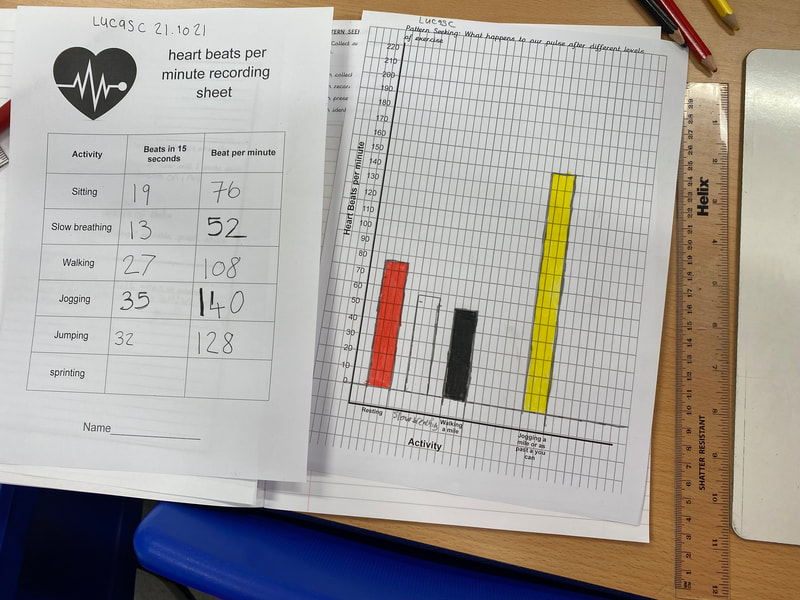
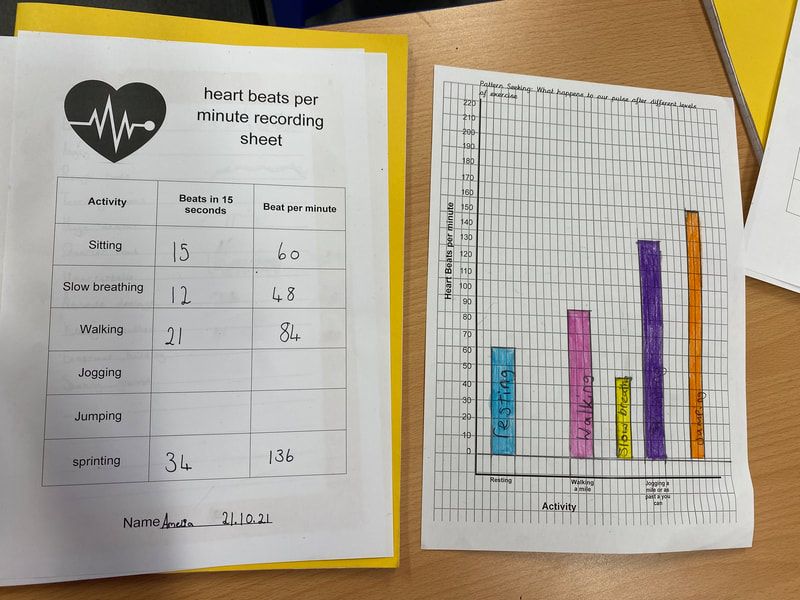
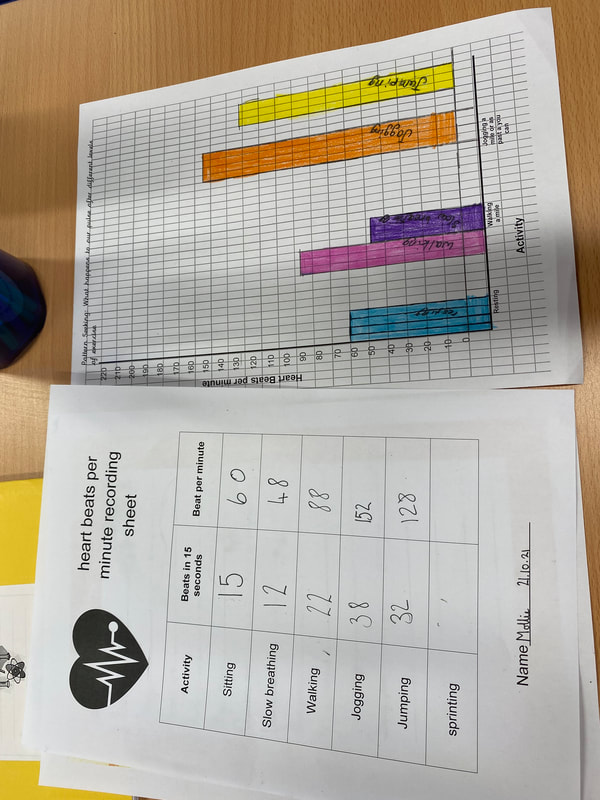
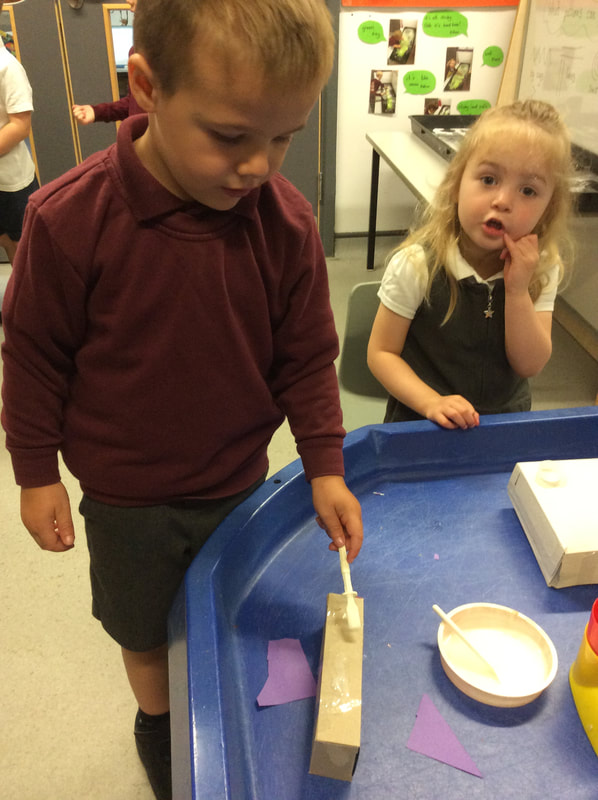
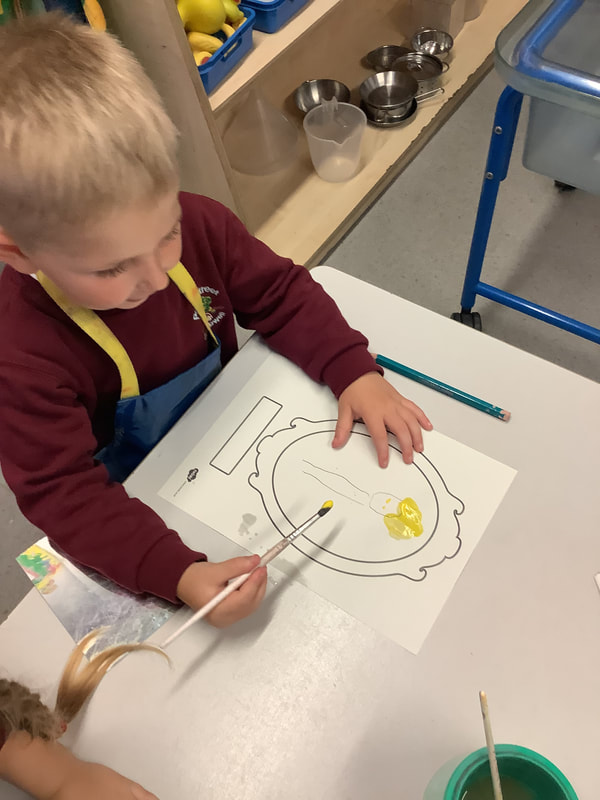
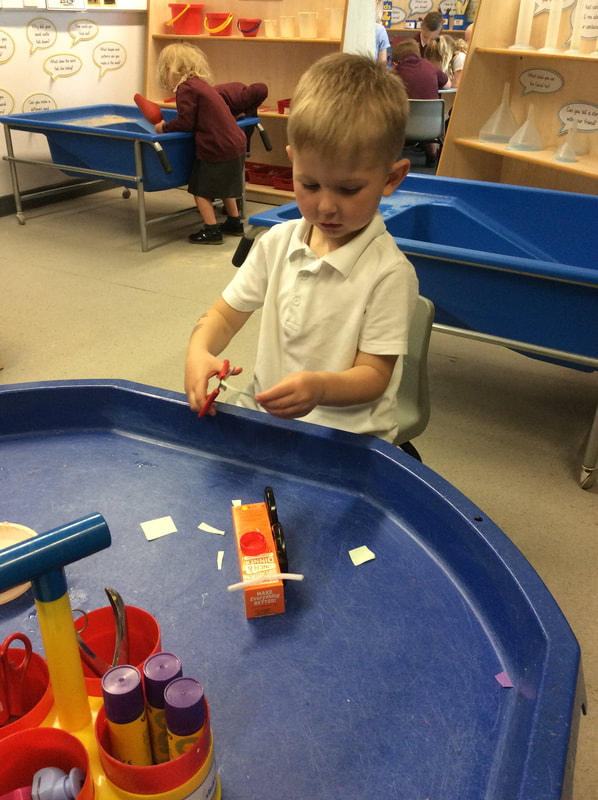
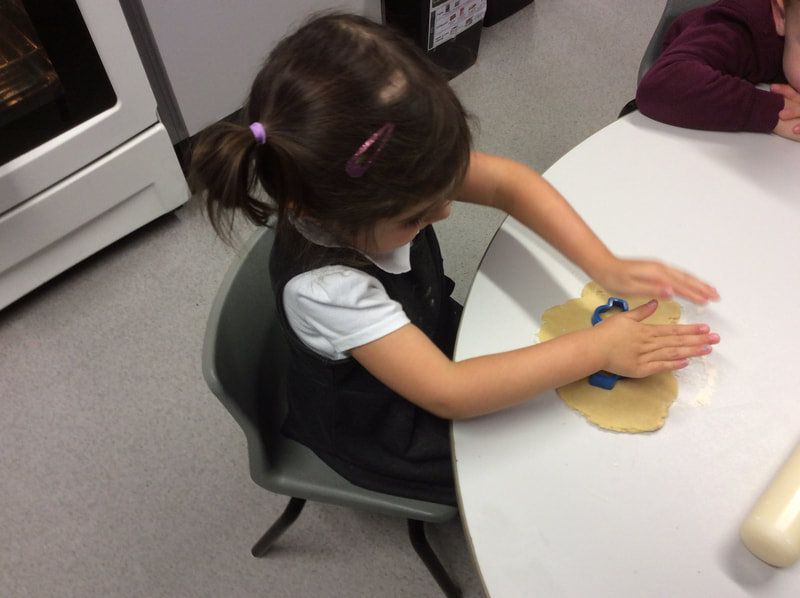
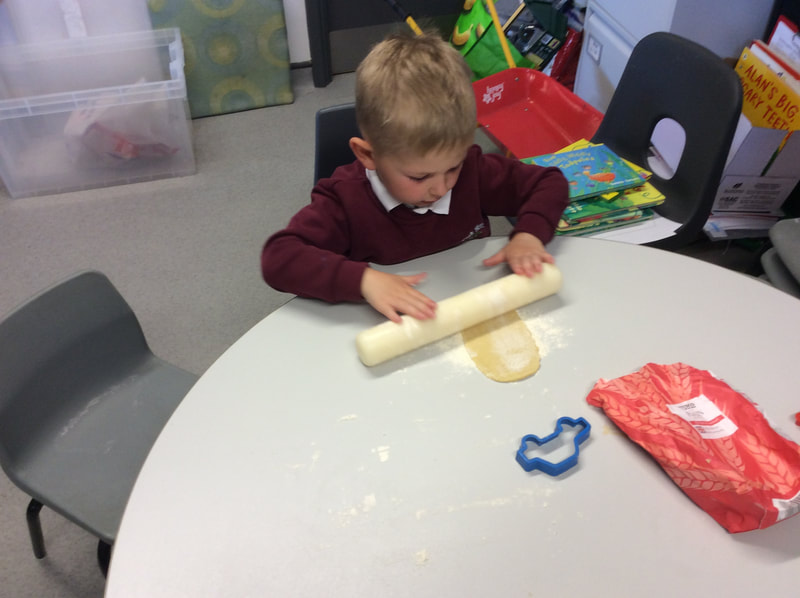
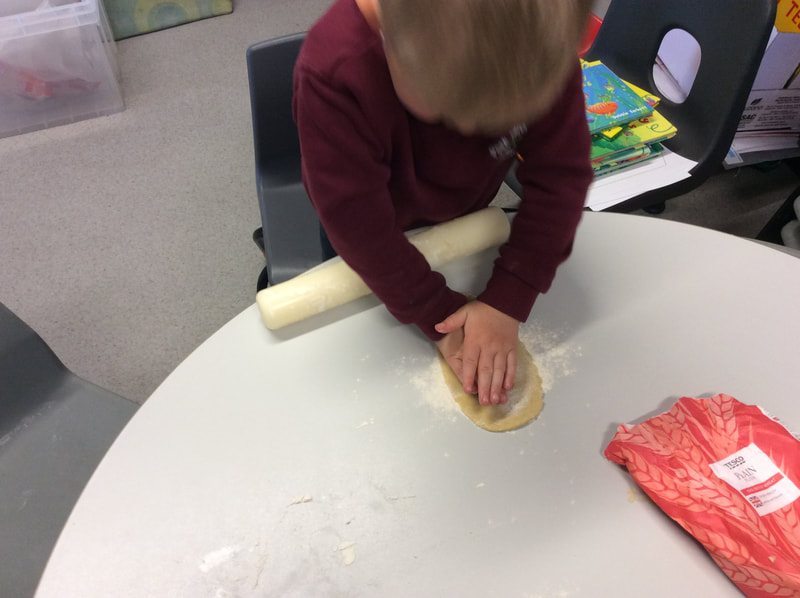
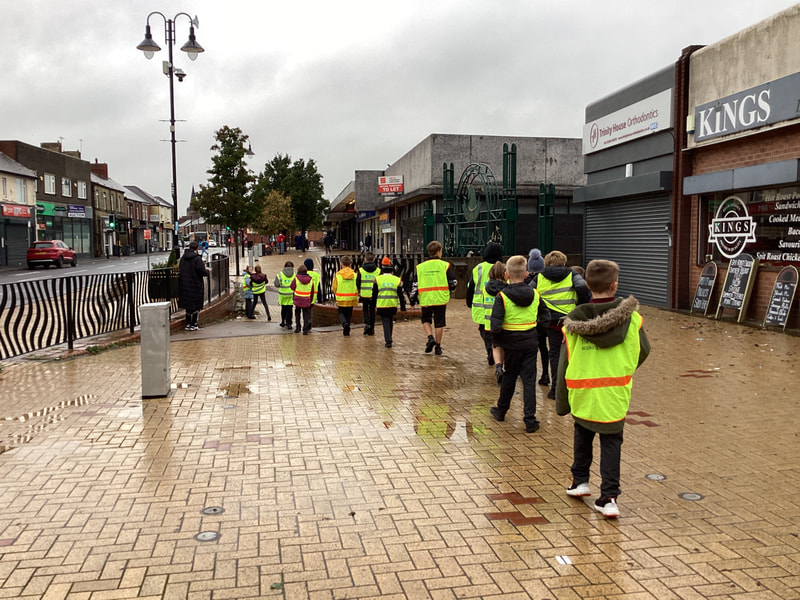
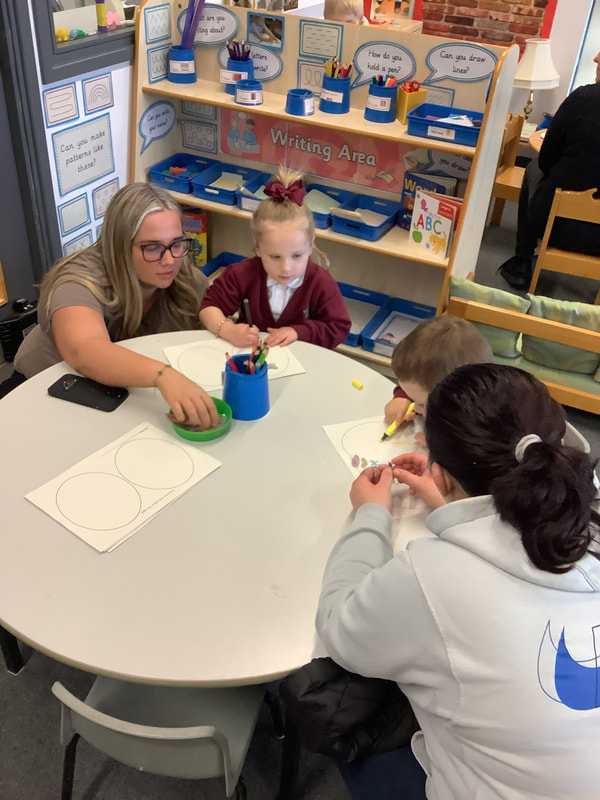
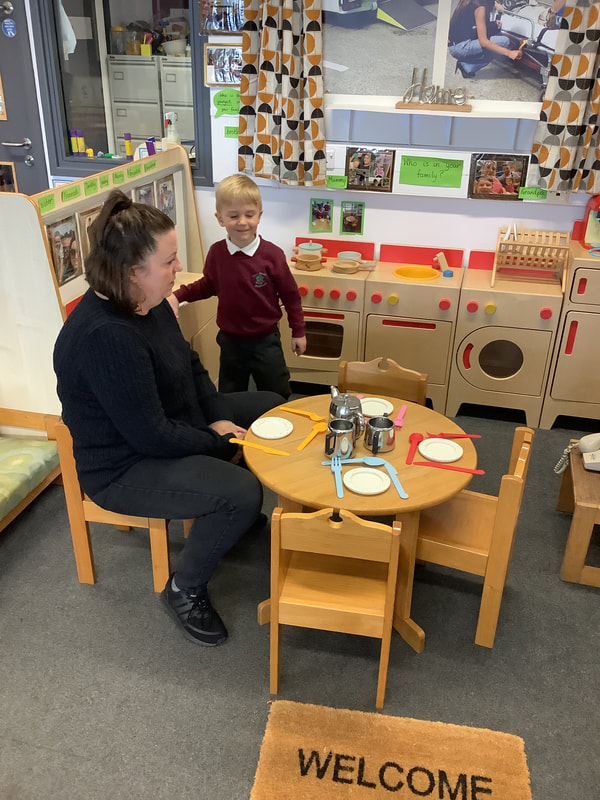
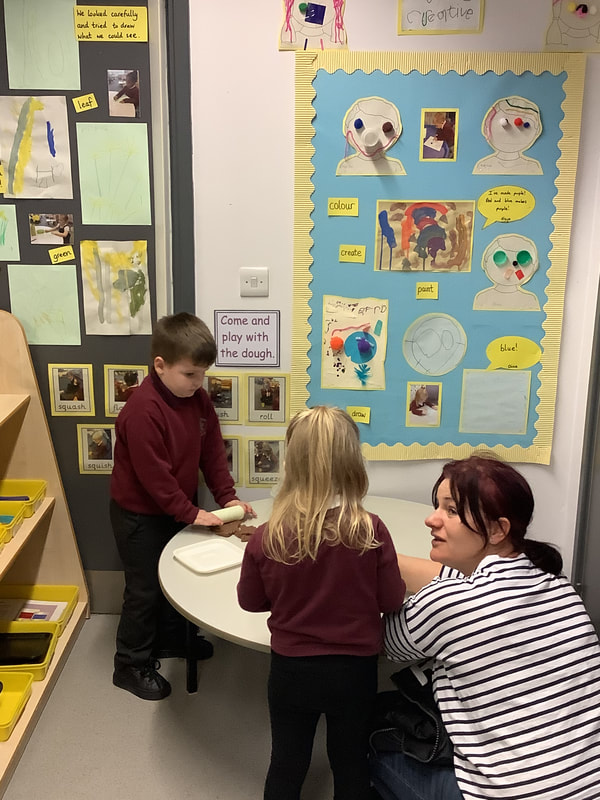
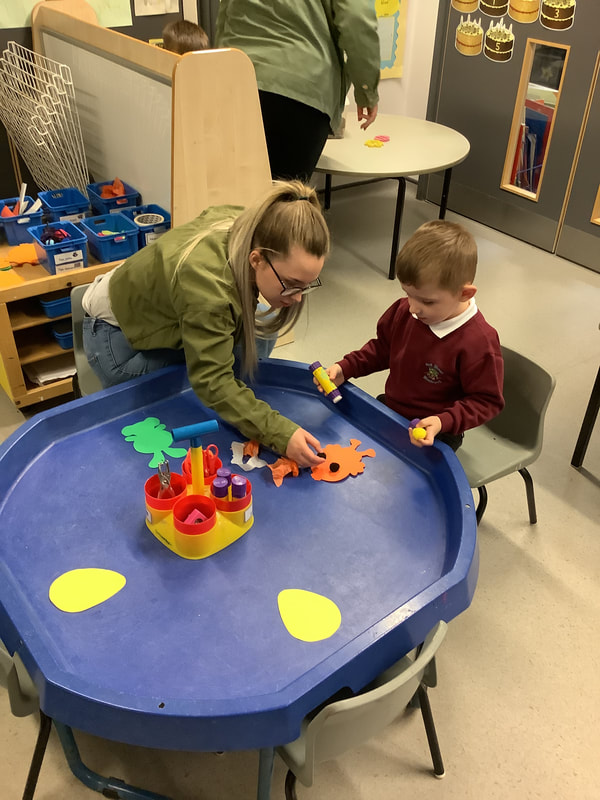
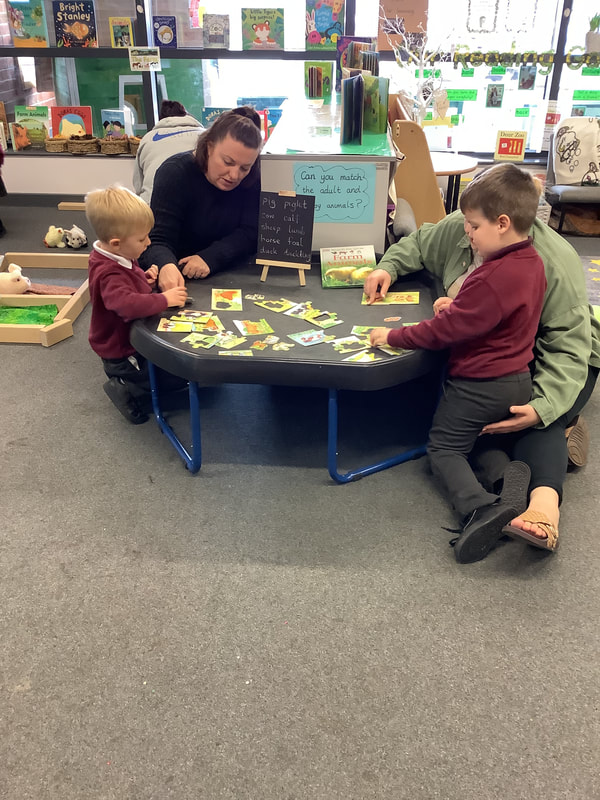
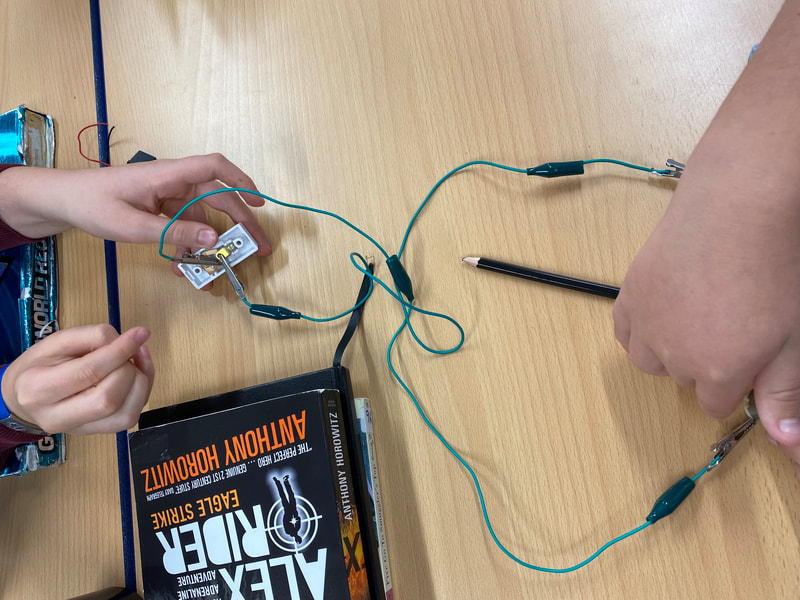
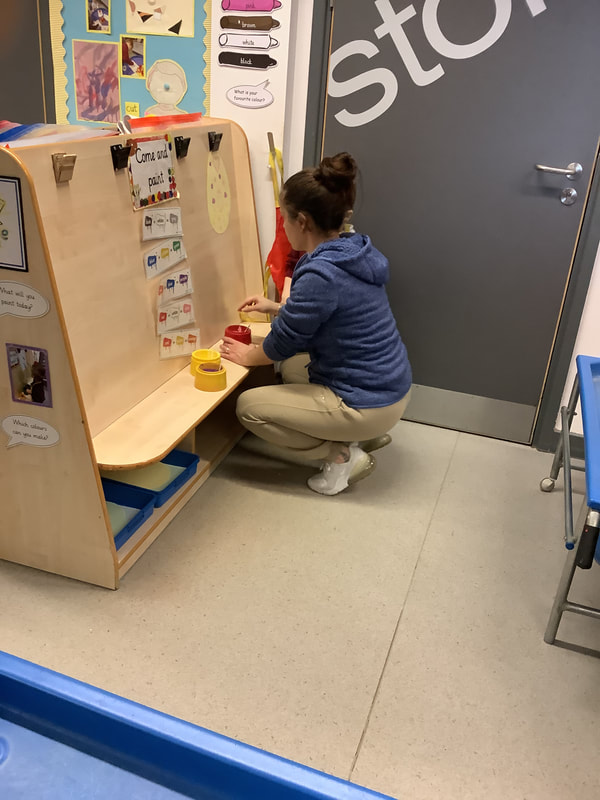
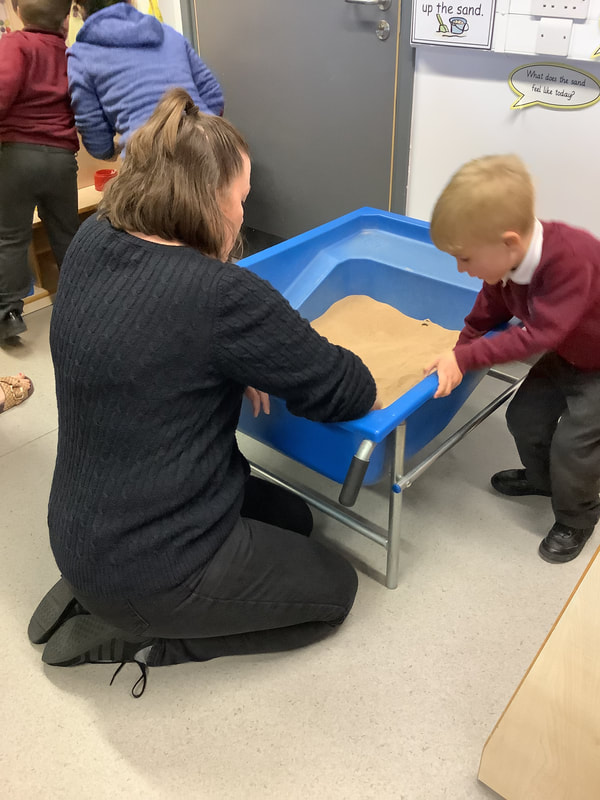
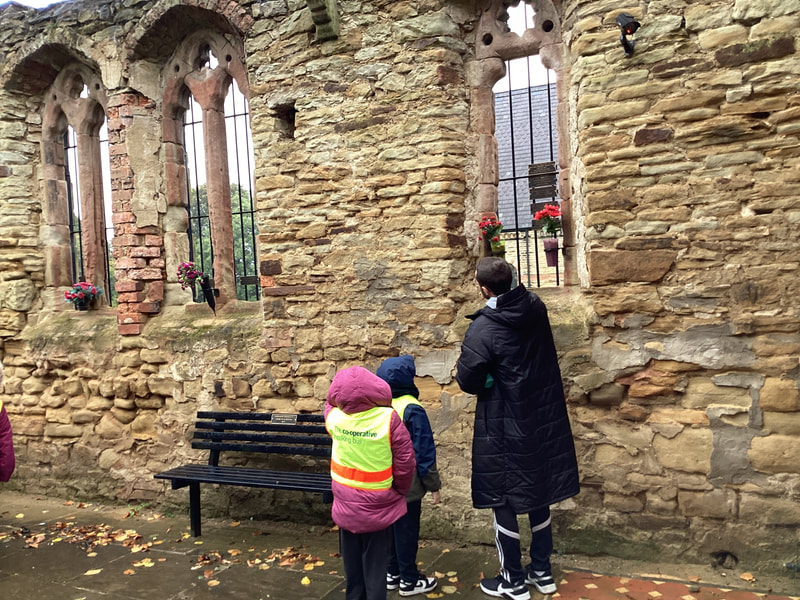
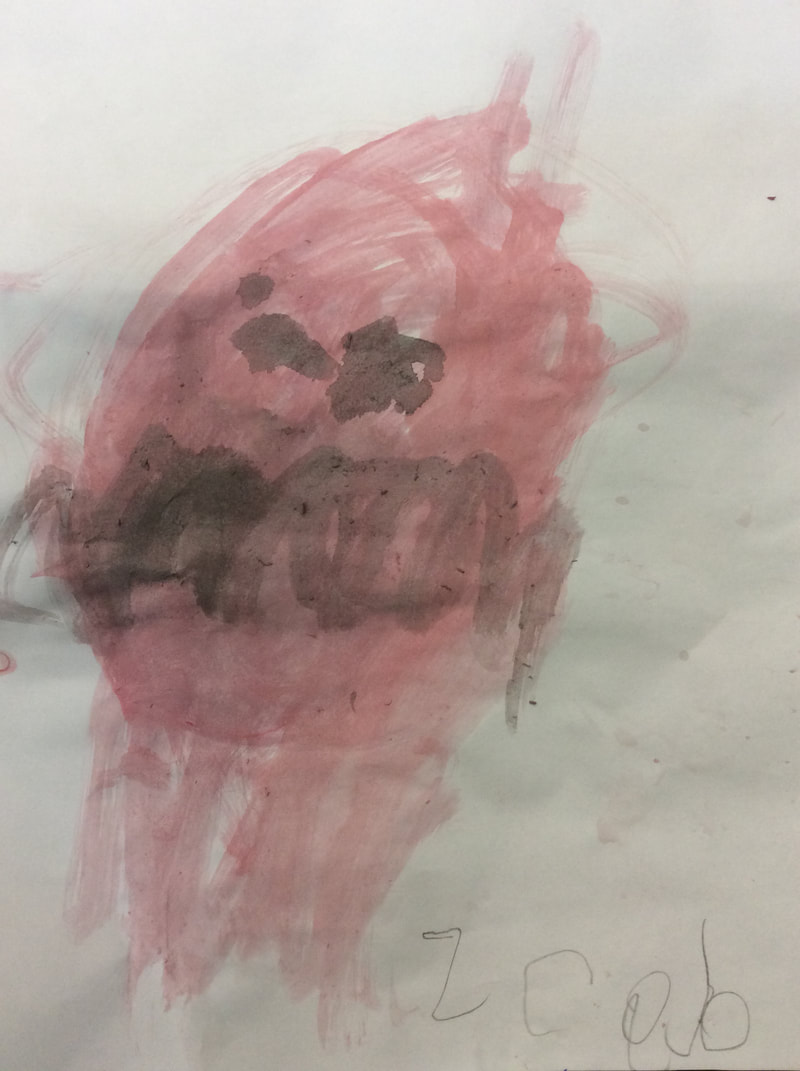
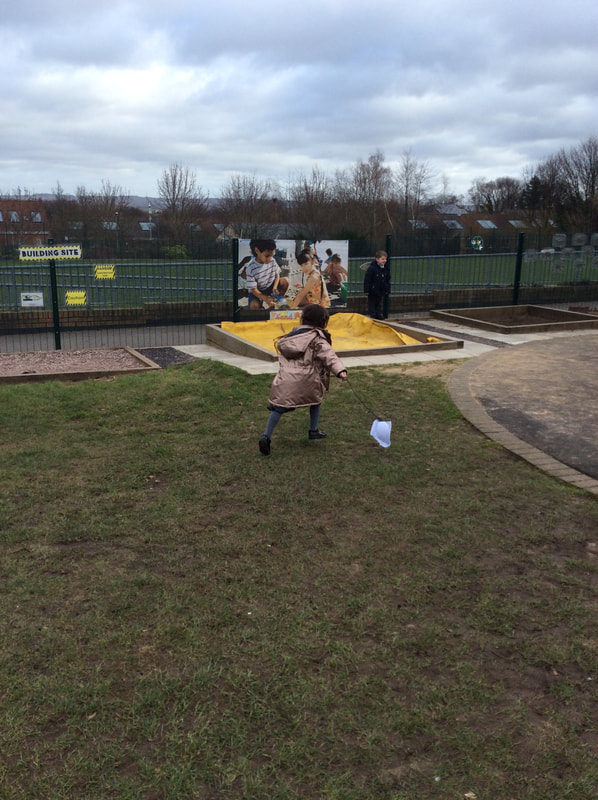
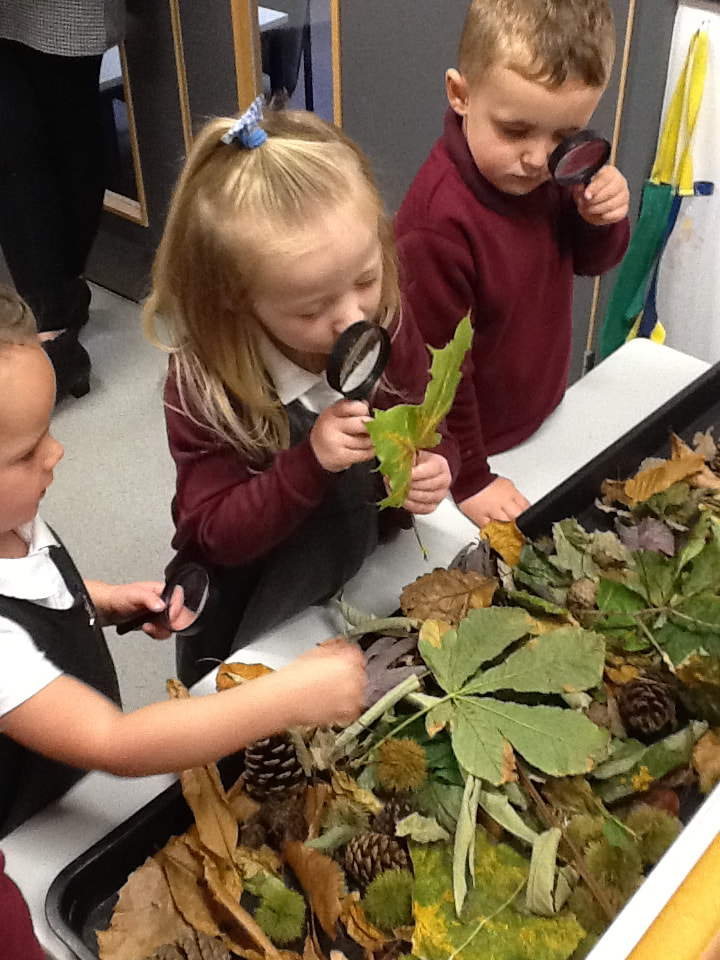
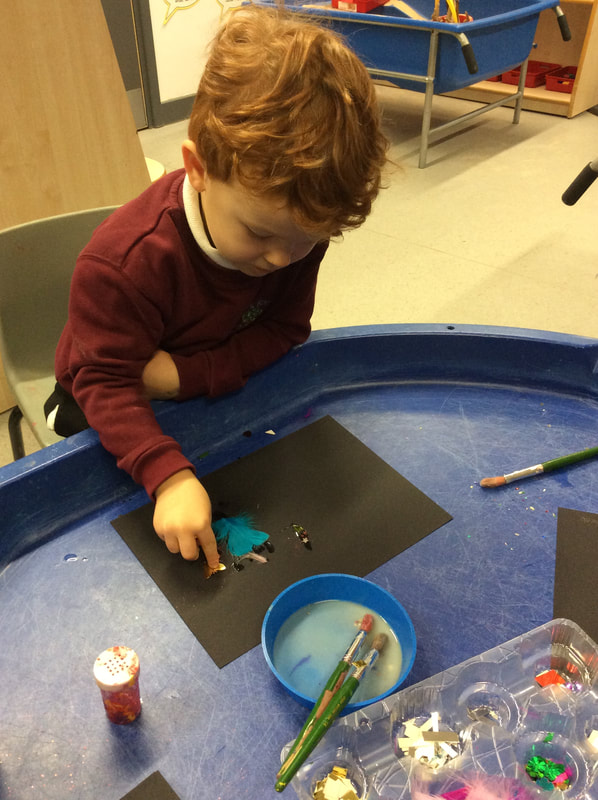
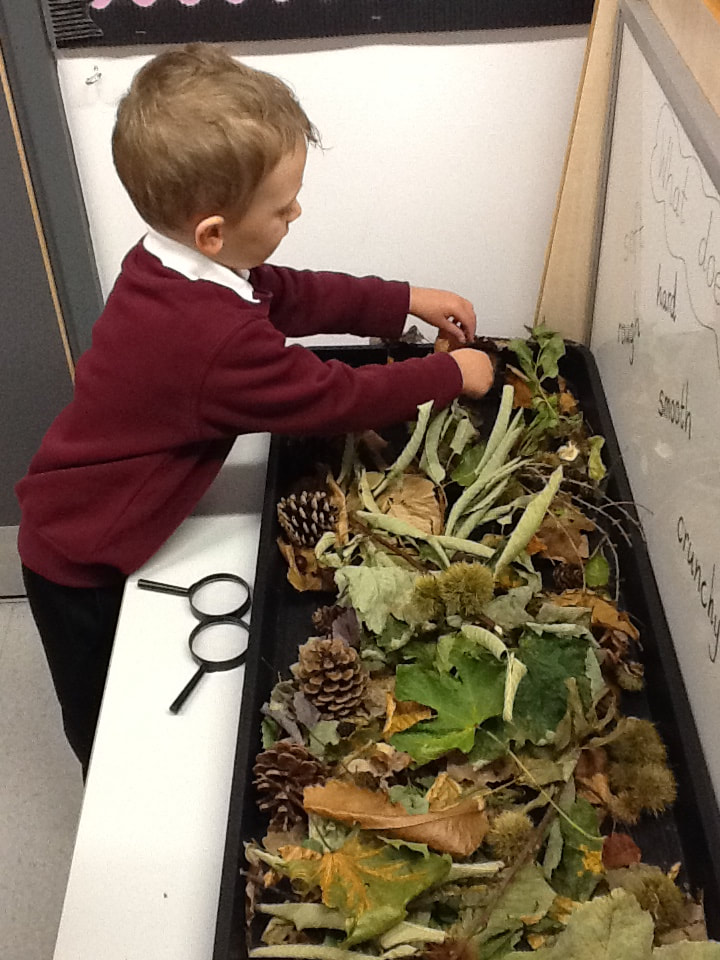
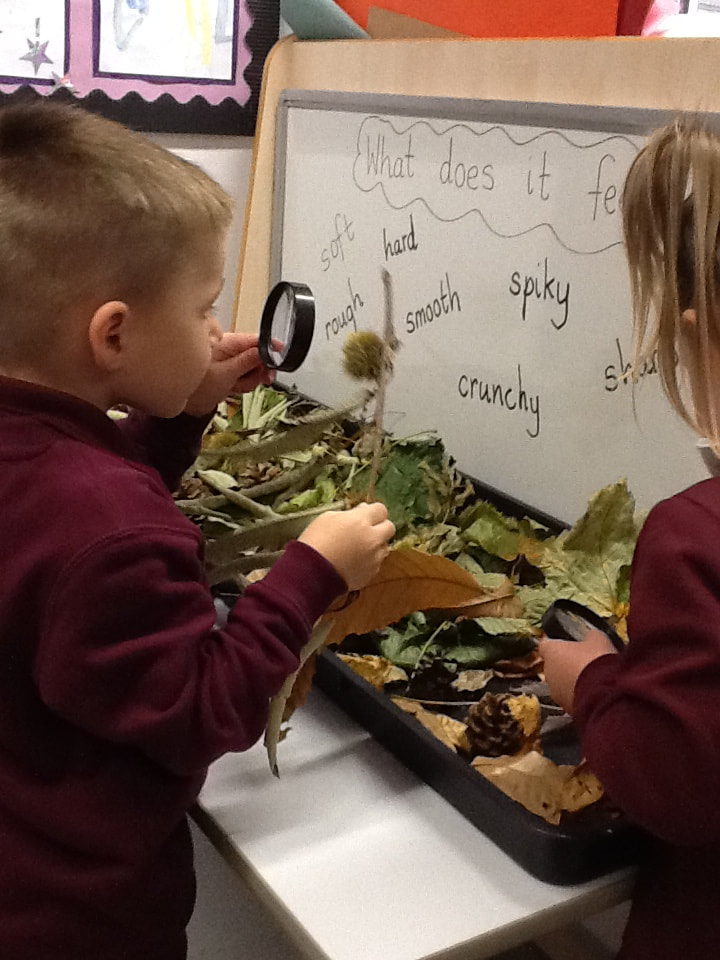
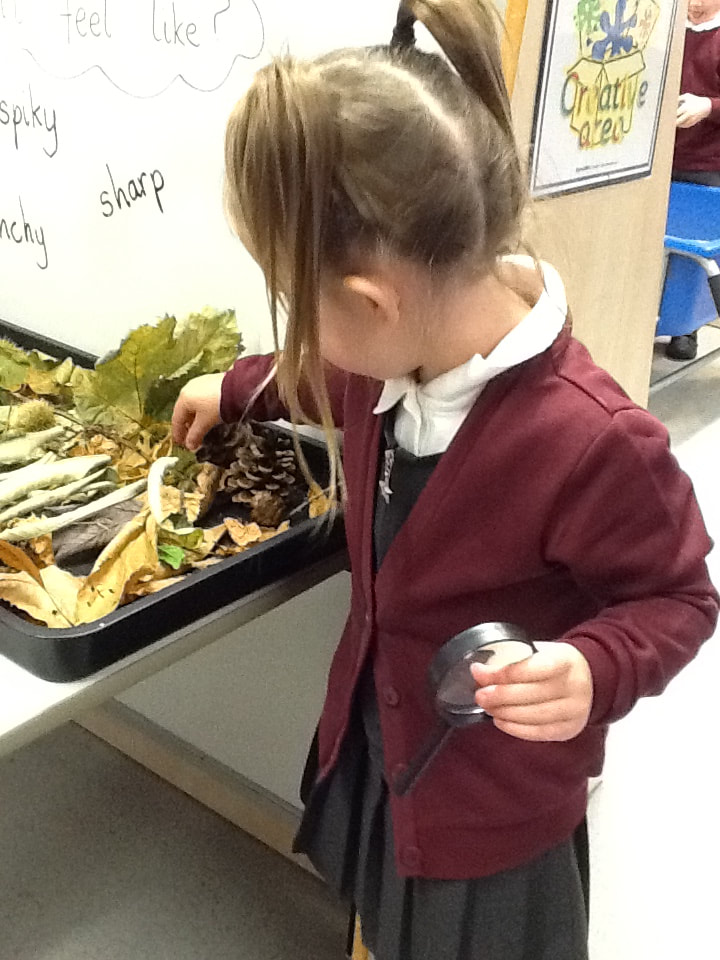
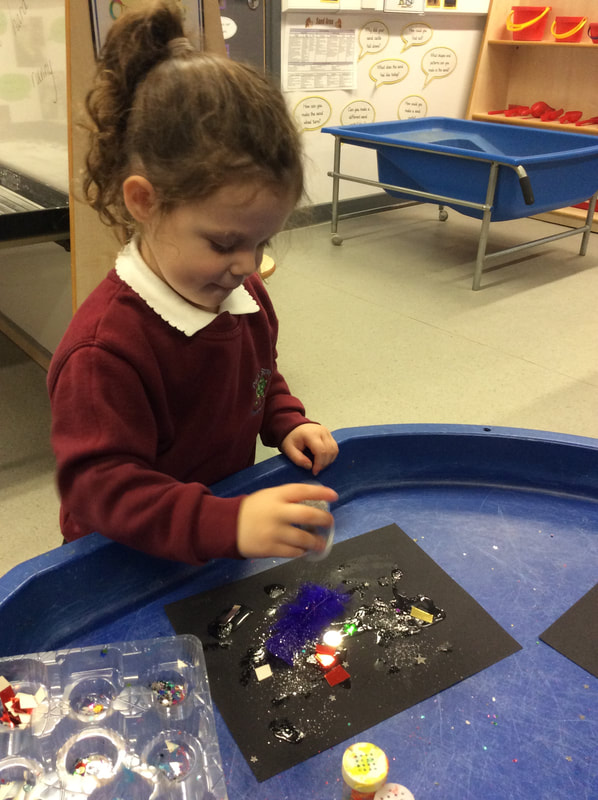
 RSS Feed
RSS Feed
